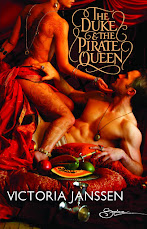Backwards or reverse outlining is, essentially, seeing what you've already done. It's an aid to structure, and it's helped me more than once.

Take your completed novel draft. Outline it. What are the major ideas of each chapter, each scene?
Study your outline. What did you repeat too many times? What didn't you write about enough?
The outline itself can be angled to suit your purposes. You can outline from a character angle, or a plot angle, or a theme angle. (For me, it's usually the character angle.) You can break your novel down into fragments as small as you find helpful.
The purpose of the exercise is to look at the overall shape without being distracted by the pretty illustrations.
This also works for published books - you can get a good idea of the plot structure from outlining the central problems of each chapter, and seeing how the author resolved them.




Interesting concept! Thanks for sharing!
ReplyDelete